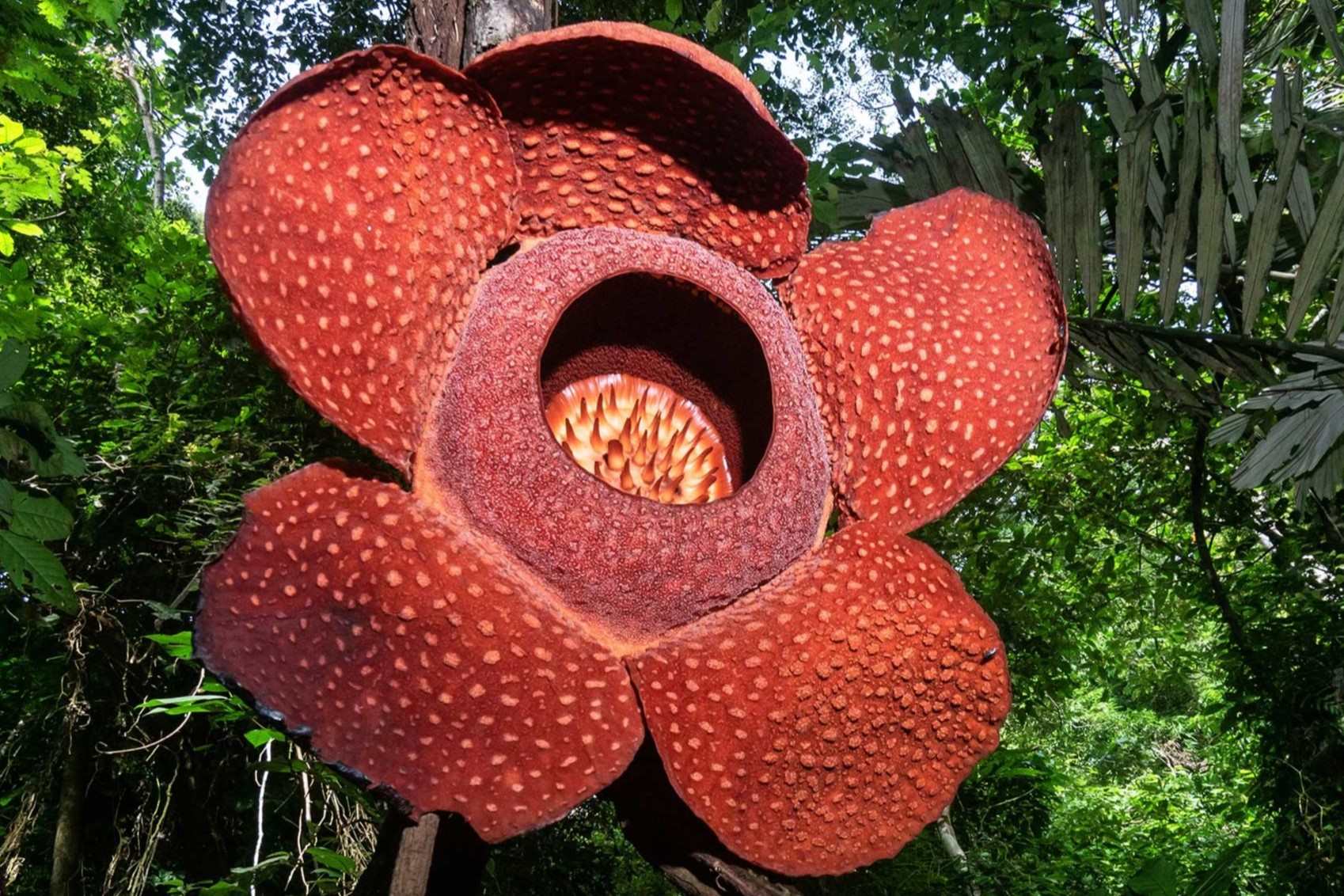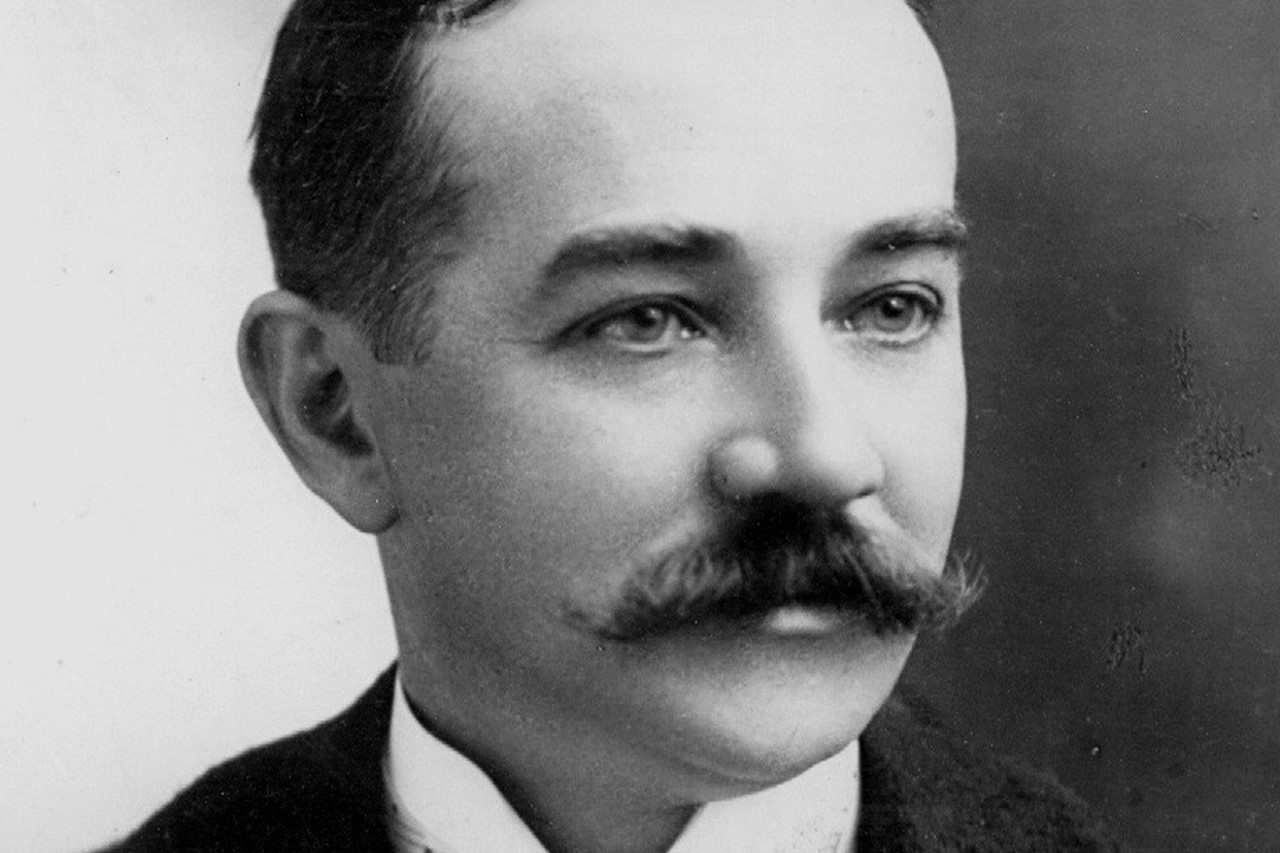
Ever heard of a flower that smells like rotting flesh? Meet the Corpse Flower, scientifically known as Amorphophallus titanum. This unique plant is famous for its gigantic bloom and its unforgettable stench. Native to the rainforests of Sumatra, Indonesia, the Corpse Flower is a rare botanical wonder that attracts both scientists and curious onlookers. Its bloom can reach up to 10 feet in height, making it one of the largest flowers in the world. But why does it smell so bad? The odor mimics decaying meat to attract pollinators like flies and beetles. Intrigued? Let’s dive into 37 fascinating facts about this extraordinary plant!
Key Takeaways:
- The Corpse Flower, also known as Amorphophallus titanum, is a giant flower with a unique smell that attracts pollinators. It blooms infrequently and is crucial for scientific research and conservation efforts.
- The Corpse Flower's blooming process is as fascinating as its smell. It has cultural significance, inspires art, and has been the subject of scientific studies due to its unique properties.
What is the Corpse Flower?
The Corpse Flower, also known as Amorphophallus titanum, is famous for its enormous size and unique smell. This plant is native to the rainforests of Sumatra, Indonesia. Let's dive into some fascinating facts about this extraordinary flower.
- The Corpse Flower can grow up to 10 feet tall, making it one of the largest flowers in the world.
- It emits a strong odor similar to rotting flesh, which attracts pollinators like carrion beetles and flesh flies.
- The flower blooms infrequently, sometimes taking 7 to 10 years to bloom for the first time.
- When it does bloom, the flower only stays open for 24 to 48 hours.
- The plant's scientific name, Amorphophallus titanum, translates to "giant misshapen phallus."
The Unique Blooming Process
The blooming process of the Corpse Flower is as unique as its smell. Here are some intriguing details about how this plant blooms.
- Before blooming, the plant produces a single leaf that can reach up to 20 feet in height.
- The leaf can live for up to 16 months before dying back, allowing the plant to gather energy for its bloom.
- The blooming process begins with the spadix, a tall central spike, heating up to release its odor.
- The spadix can reach temperatures of up to 98 degrees Fahrenheit, mimicking the warmth of a decaying animal.
- The flower's outer layer, called the spathe, unfurls to reveal a deep red interior, resembling raw meat.
Pollination and Reproduction
Pollination is crucial for the survival of the Corpse Flower. Let's explore how this process works.
- The strong odor attracts specific pollinators that are drawn to the smell of decaying flesh.
- These pollinators transfer pollen from one flower to another, aiding in cross-pollination.
- The plant produces both male and female flowers, but they bloom at different times to prevent self-pollination.
- Female flowers bloom first, followed by male flowers a few days later.
- If pollination is successful, the flower produces bright red berries containing seeds.
Conservation and Cultivation
Due to its rarity and unique characteristics, the Corpse Flower has become a subject of interest for botanists and conservationists.
- The plant is listed as "vulnerable" due to habitat loss and deforestation in its native Sumatra.
- Botanical gardens around the world cultivate the Corpse Flower to help preserve the species.
- Cultivating the plant outside its natural habitat is challenging due to its specific growing conditions.
- The plant requires a warm, humid environment similar to its native rainforest.
- Some botanical gardens have successfully cultivated the plant, allowing people to witness its rare bloom.
Interesting Tidbits
Here are some additional interesting facts about the Corpse Flower that you might find surprising.
- The plant's tuber, or underground stem, can weigh up to 200 pounds.
- The Corpse Flower holds the record for the largest unbranched inflorescence in the world.
- It was first discovered by Italian botanist Odoardo Beccari in 1878.
- The flower has been featured in various documentaries and TV shows due to its unique characteristics.
- Some people travel long distances to witness the rare bloom in person.
Cultural Significance
The Corpse Flower has also made its mark in various cultures and traditions.
- In Indonesia, the flower is known as "Bunga Bangkai," which translates to "corpse flower."
- The plant is often associated with death and decay due to its smell and appearance.
- Some cultures believe that the flower has mystical properties and use it in traditional rituals.
- The flower's rarity and unique characteristics have made it a symbol of exotic beauty.
- It has inspired artists, writers, and filmmakers, appearing in various works of art and literature.
Scientific Research
The Corpse Flower has been the subject of numerous scientific studies due to its unique properties.
- Researchers study the plant's heat production to understand its role in attracting pollinators.
- The flower's odor is composed of various sulfur-based compounds, which are also found in decaying flesh.
- Scientists are interested in the plant's ability to produce such a strong odor with minimal energy.
- The plant's large size and rapid growth rate provide insights into plant physiology and development.
- Genetic studies are being conducted to understand the plant's evolutionary history and relationships with other species.
Fun Facts
Let's end with some fun and quirky facts about the Corpse Flower.
- Despite its smell, the flower is not toxic to humans or animals.
- Some people describe the odor as a mix of rotten eggs, garlic, and fish.
The Final Bloom
The corpse flower isn't just a plant; it's a marvel of nature. Its massive size, unique lifecycle, and unforgettable odor make it a standout. This rare bloom only happens once every few years, drawing crowds from all over. Despite its smell, people are fascinated by its beauty and rarity.
Botanical gardens and researchers work hard to cultivate and study this plant, hoping to learn more about its mysterious ways. The corpse flower reminds us of nature's wonders and the surprises it holds. Next time you hear about one blooming, consider visiting. It's a once-in-a-lifetime experience you won't forget.
So, whether you're a plant lover or just curious, the corpse flower is worth your attention. It’s a testament to the incredible diversity and complexity of our natural world.
Frequently Asked Questions
Was this page helpful?
Our commitment to delivering trustworthy and engaging content is at the heart of what we do. Each fact on our site is contributed by real users like you, bringing a wealth of diverse insights and information. To ensure the highest standards of accuracy and reliability, our dedicated editors meticulously review each submission. This process guarantees that the facts we share are not only fascinating but also credible. Trust in our commitment to quality and authenticity as you explore and learn with us.


